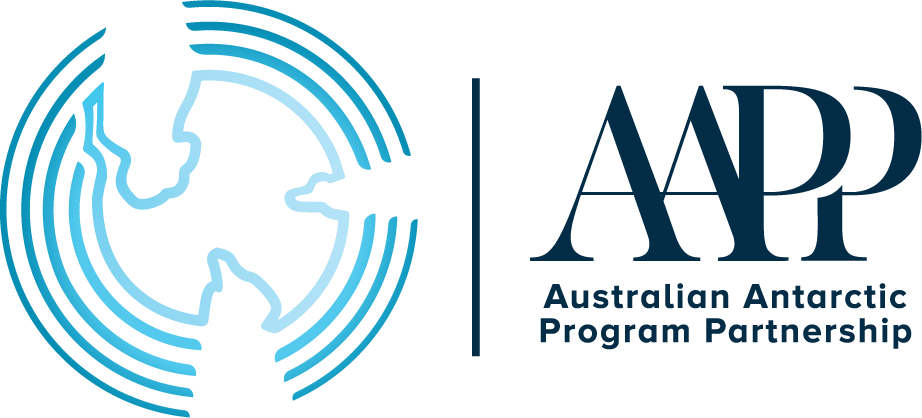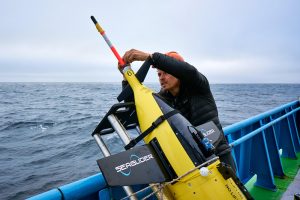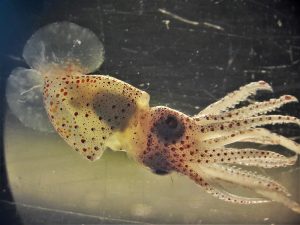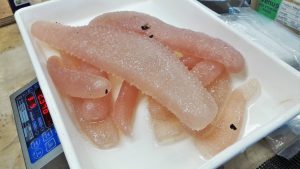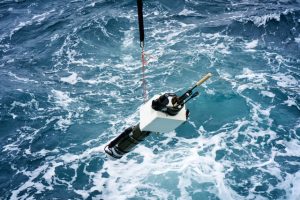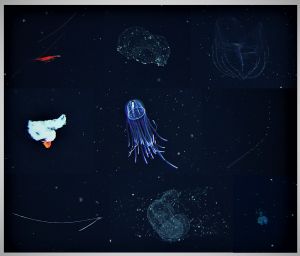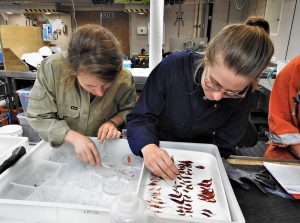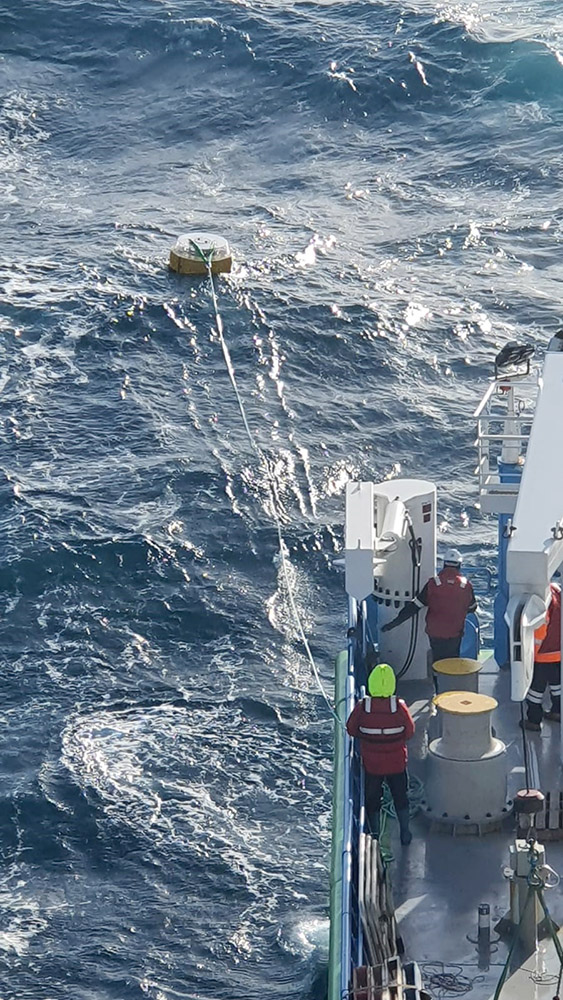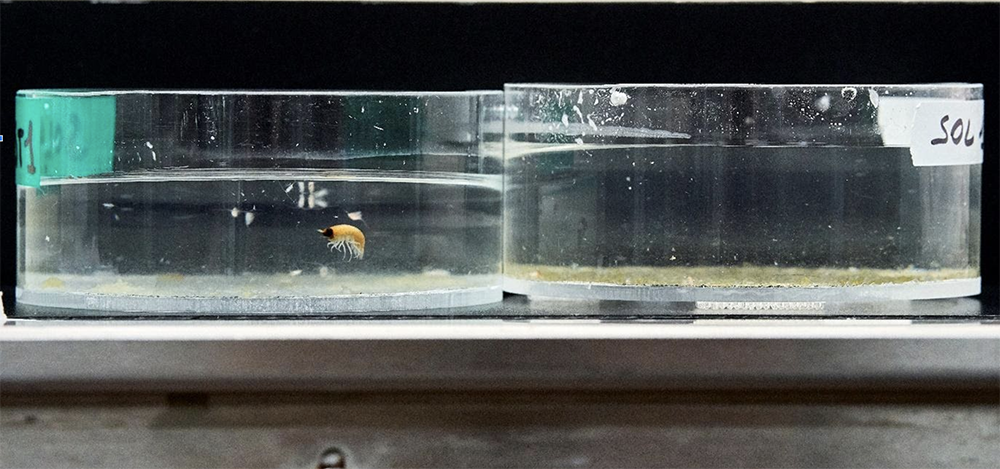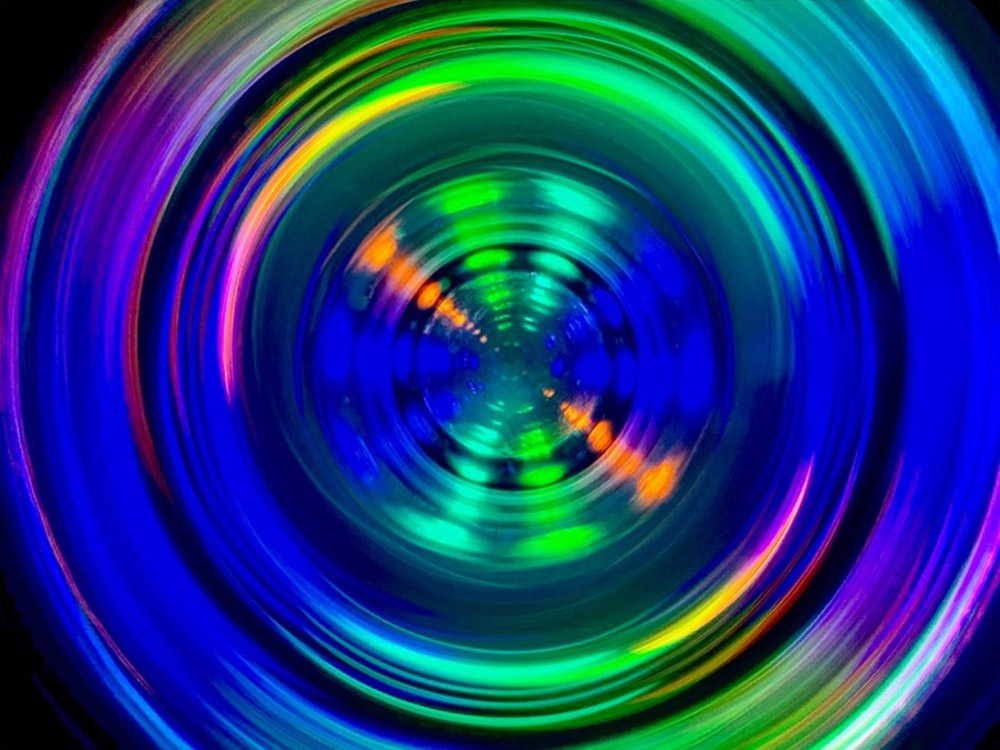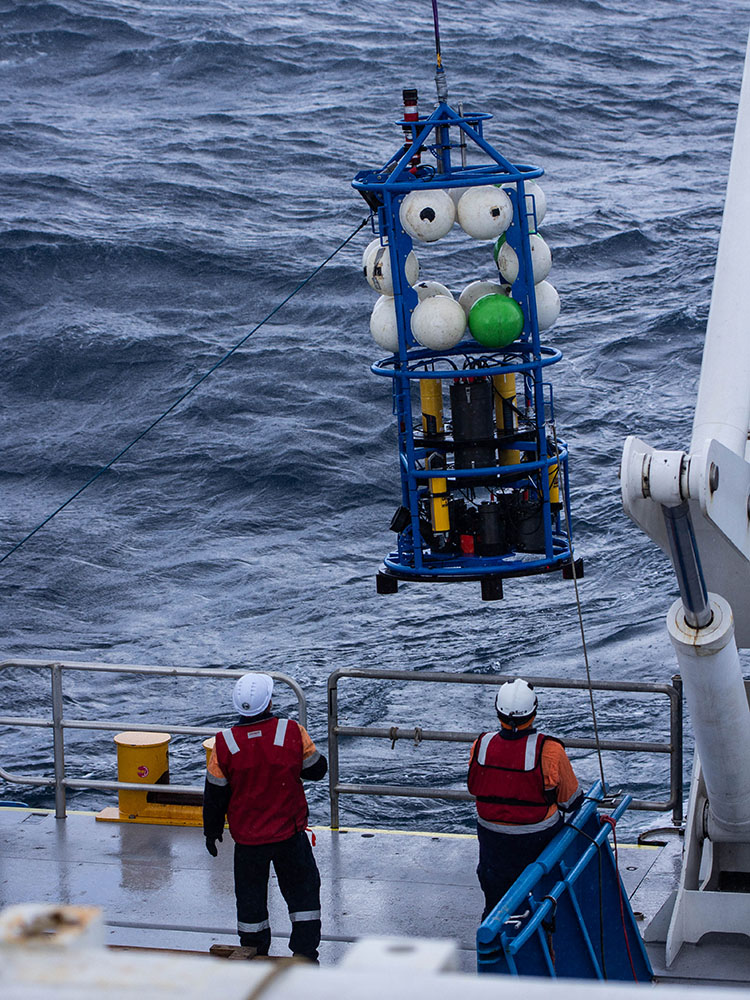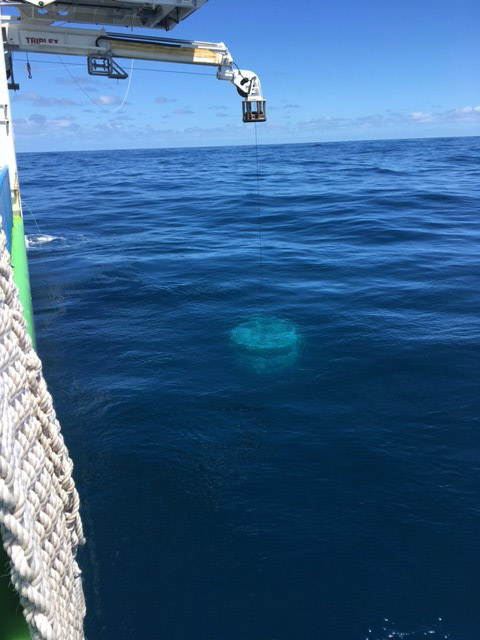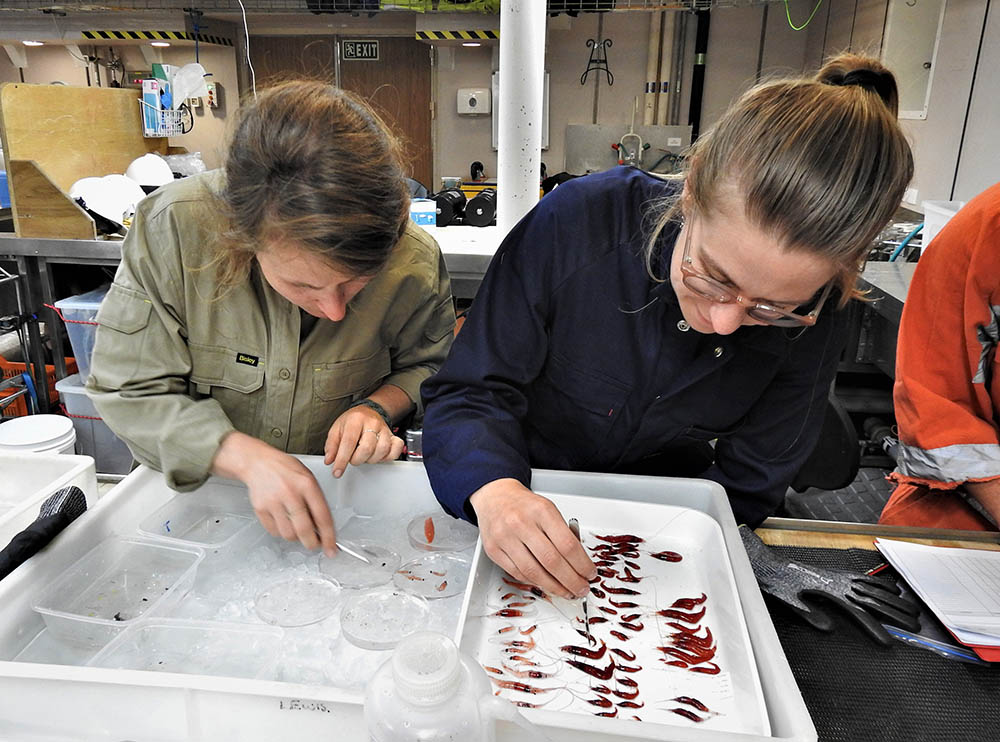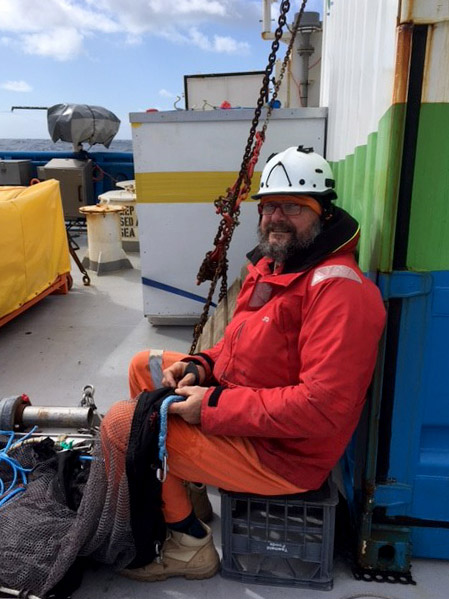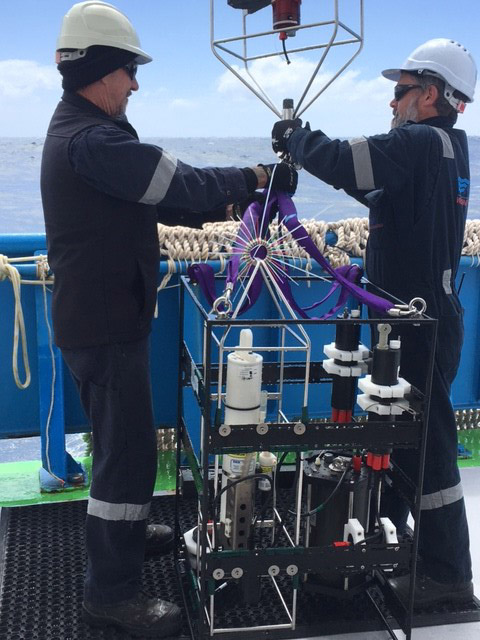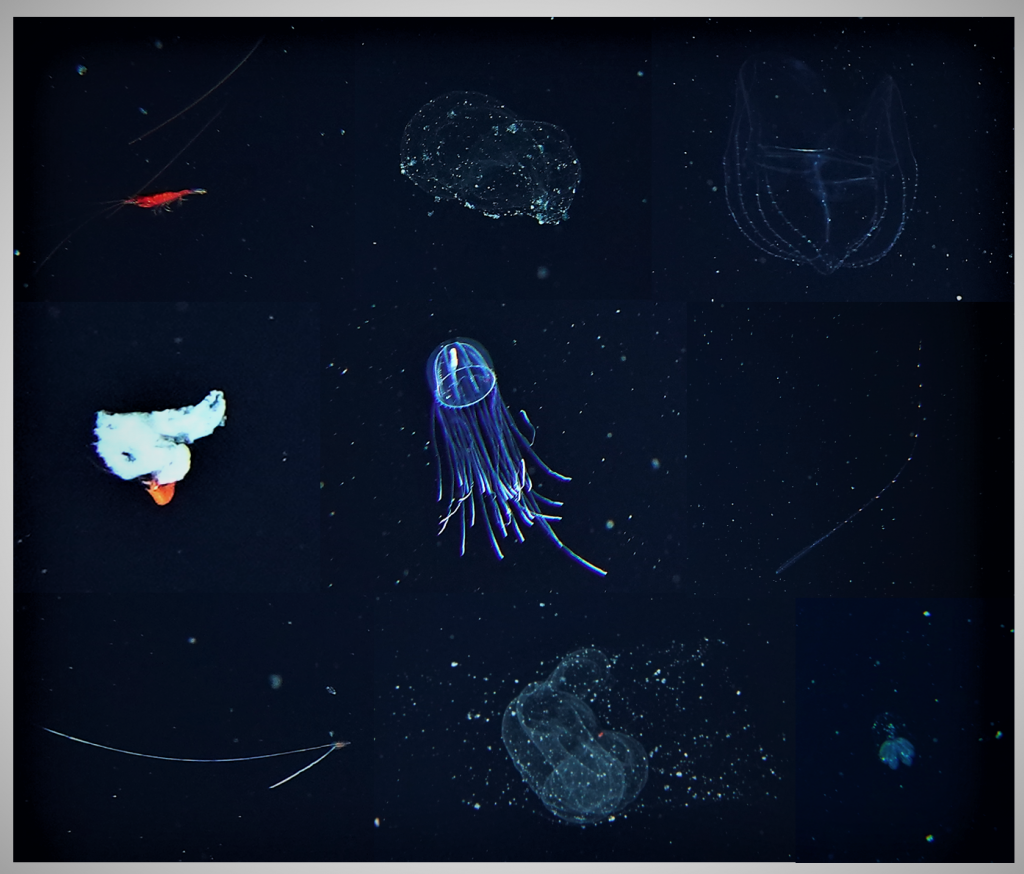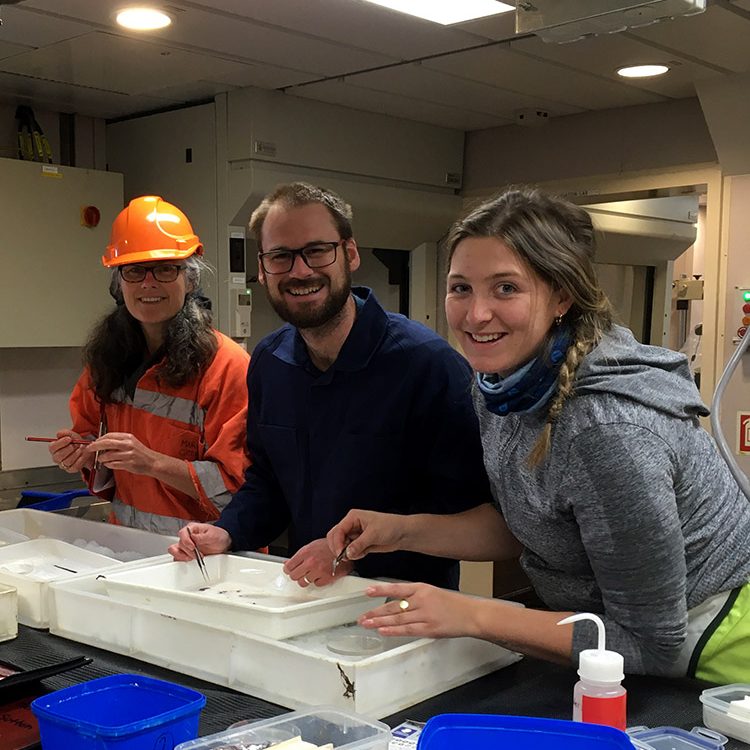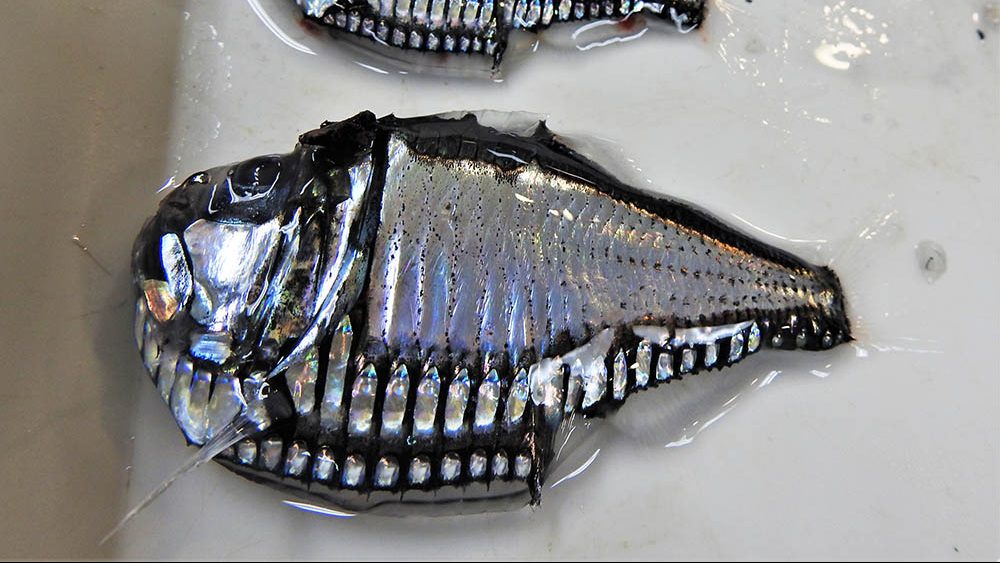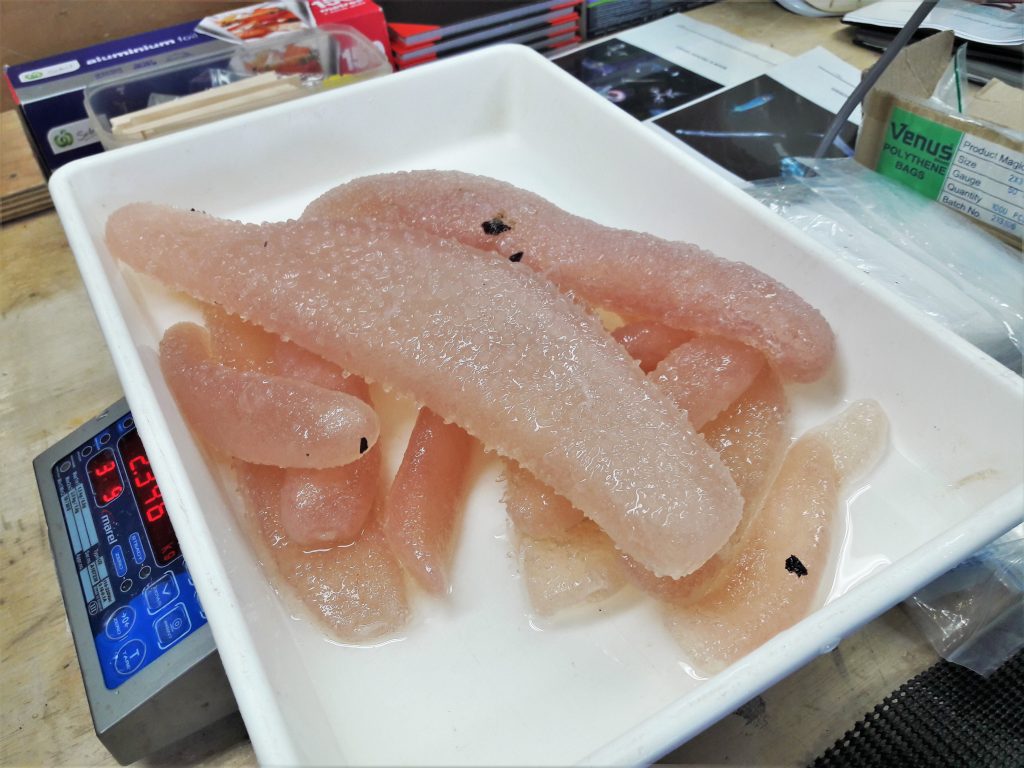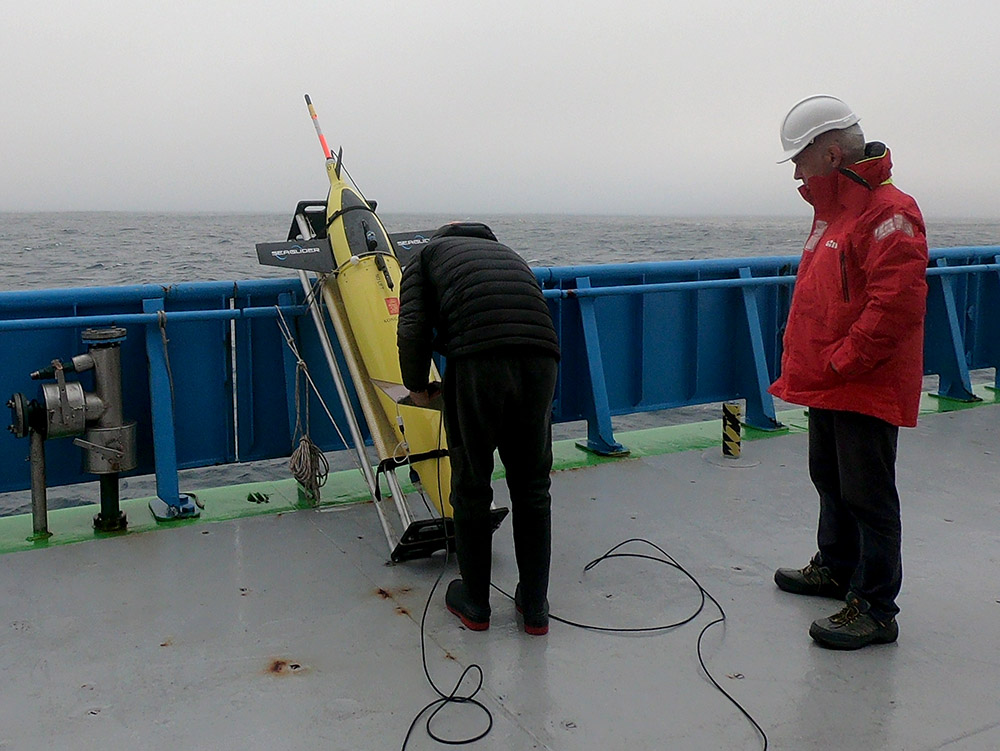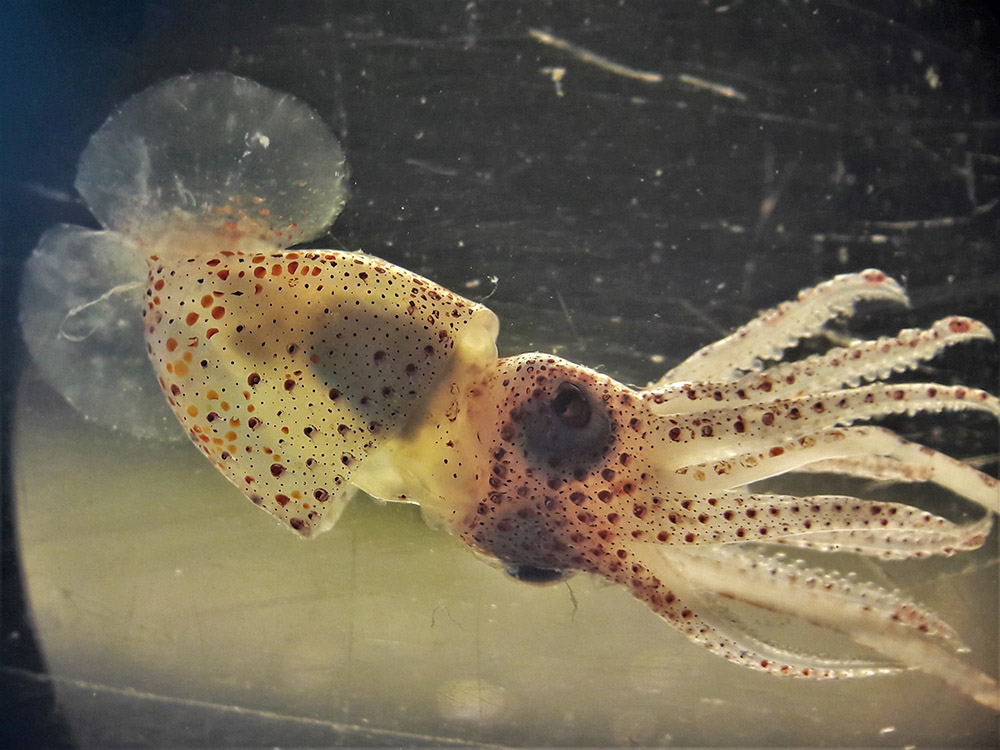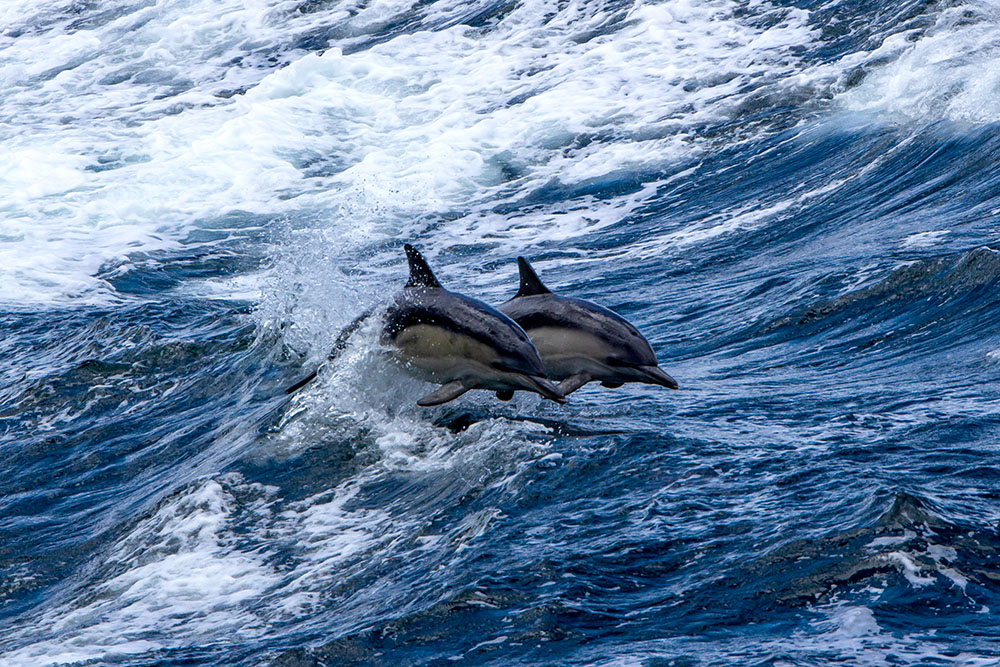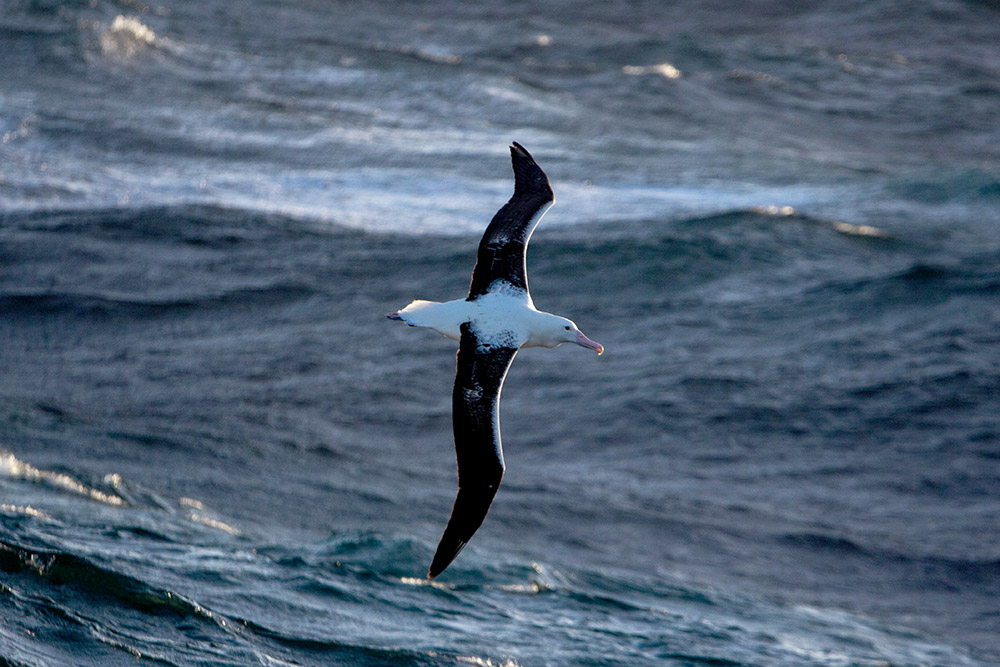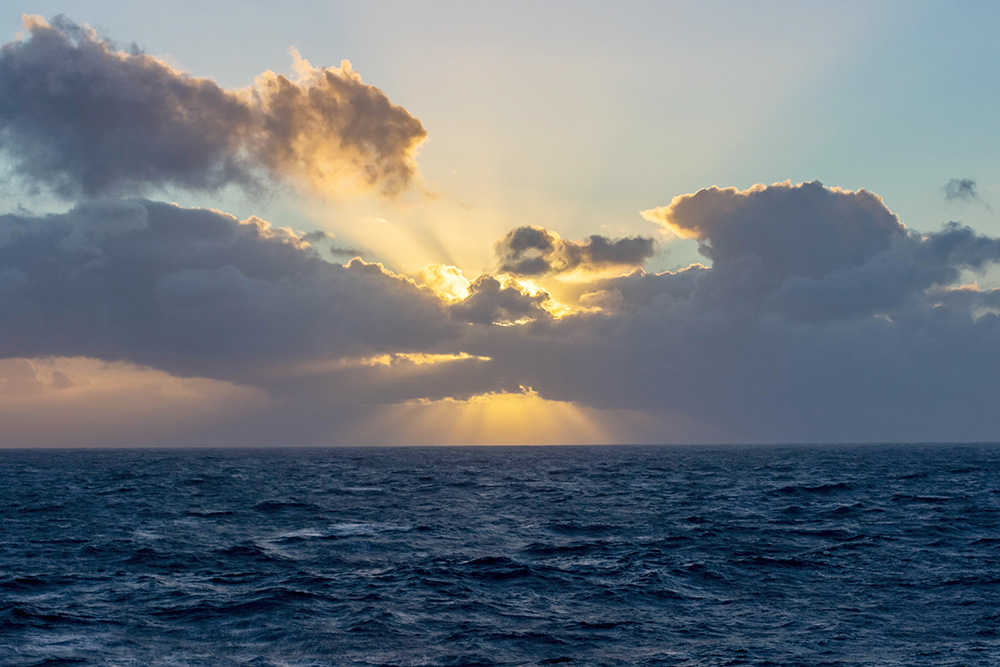
Welcome aboard SOLACE!
The Southern Ocean Large Areal Carbon Export voyage aboard Australia's RV Investigator was successfully completed on Friday, 15 January 2021.
The six week voyage was aimed at developing an approach to quantify the changing effectiveness of CO2 sequestration by the ocean's biological pump using remote-sensing by satellites and autonomous vehicles.
The images & stories below are by the scientists & crew on board.
The SOLACE project includes contributions from CSIRO, the University of Tasmania’s Institute for Marine and Antarctic Studies (IMAS), the Australian National University (ANU), Curtin University and the Australian Antarctic Program Partnership (AAPP).
VOYAGE BLOG
Northern site completed, headed South
We successfully completed our occupation of the subantarctic SOLACE site late on Sunday 20 December and are currently headed south-west towards a diatom-dominated polar site to commence our southern occupation.
Who’s who in the zoo? Micronekton of the Southern Ocean
Micronekton are free-swimming pelagic animals around 2-20 cm in size and make up an important trophic link in the marine food web.
Pyrosomes as messenger for warm water in the Southern Ocean
Researchers on board RV Investigator had a very exciting catch on the SOLACE voyage in the subantarctic Southern Ocean! Pyrosomes of the species Pyrosoma atlanticum landed in our last Rectangular Midwater Trawl that we towed through the upper 200 m of the water column.
Pas de deux in the oceans’ Twilight Zone
In the last few days there has been little time to post any blogs on the SOLACE www site as most groups on board RV Investigator have been busy processing samples from midwater nets, bio-optics, deep water cameras, zooplankton nets, sediment traps, particle interceptors, and/or running experiments.
Stranger than Science Fiction: Images from PLAOS
A test deployment of our profiling lagrangian acoustic optical system (PLAOS), has revealed some of the treasures which lurk below the ocean’s surface.
Sediment traps deployed to measure biological carbon uptake
The centrepiece of the SOLACE voyage – a suite of seven repeat 3.5 day sampling cycles – commenced on 9 December with the deployment of an upper ocean mooring.
Transporting carbon: Why micronekton are important
Transporting carbon: Why micronekton are important Bree WoodsPhD Student The deep ocean is the largest habitat on earth and despite harsh environmental conditions, is full of life. The animals that live here are adapted to high pressure, low temperatures, and little-to-no sunlight. Such animals, which are collectively named micronekton, include fishes, squids and hard-bodied organisms […]
‘It’s exciting to finally get going’: ABC interview with Philip Boyd
‘It’s exciting to finally get going’: ABC interview with Philip Boyd Chief Scientist on board the SOLACE voyage, Professor Philip Boyd, speaks with Leon Compton from ABC Radio’s Statewide Mornings program.
Welcome aboard SOLACE!
Welcome aboard SOLACE The Southern Ocean Large Areal Carbon Export (SOLACE) voyage has the following objectives. Improve water column measurement of the downward export flux of carbon of the biological pump using an integrated suite of new technological advances – from particle decomposition to mesopelagic vertical migrations. Integrate these improved estimates of the functioning of […]
- « Previous
- 1
- 2
PHOTO GALLERY
